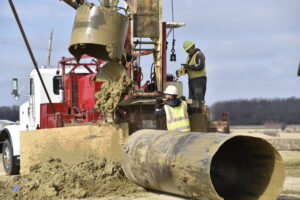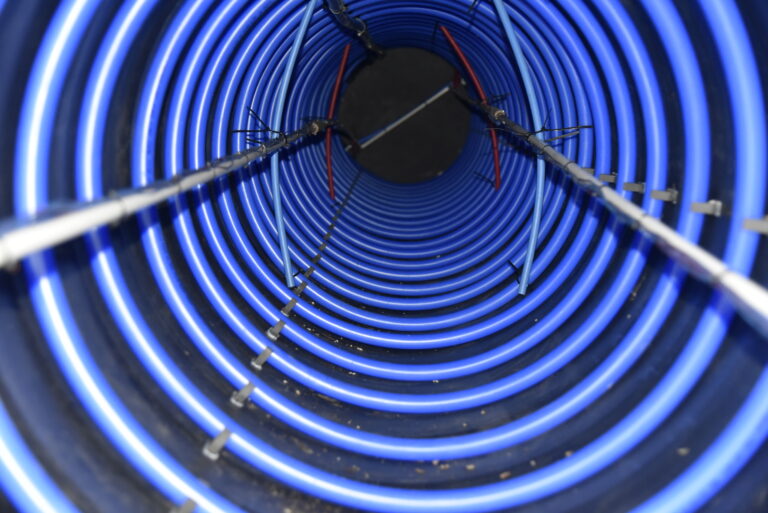CHAMPAIGN – Rising costs driven by inflation have affected nearly every aspect of daily life. From soaring grocery prices to high gas costs, budgets have been strained across the board.
Electricity prices have jumped sharply over the past year, rising 15.8%. Much of that increase can be attributed to the rising cost of natural gas, which is used to generate a significant percentage of the nation’s power.
That adds up to higher costs for both heating and cooling homes. According to a study by the National Energy Assistance Directors’ Association, the average cost of cooling a home rose from $450 to $600 in the last year.
Alternative energy sources like wind and solar have the potential to bring down costs. But because they rely on weather to generate power, wind and solar aren’t always considered to be as reliable as natural gas.
Enter thermal batteries.
Unlike solar or wind, a thermal battery system uses a water glycol solution that can be heated or cooled as necessary. Researchers at the Illinois State Geological Survey at the Prairie Research institute have begun a year-long field test to determine if thermal batteries are a viable option for heating and cooling buildings.
Andrew Stumpf, a research scientist helping to lead the project, said the thermal batteries have a lot of potential for widescale application because of their reliability. “You have a guaranteed amount of energy available,” Stumpf said.
Throughout March, Stumpf and his team will be installing the battery on the UIUC energy farm. It will be used to heat and cool part of a farm building, and the team will collect data on the battery’s efficacy over the next year. The team hopes to determine if thermal battery systems can be scaled up for residential and commercial use.
Stumpf estimates that thermal battery systems can be up to 4-times more efficient than traditional furnaces or air-source heat pumps. The downside can be the high costs of installing the system. But over time, Stumpf said, the installation costs would be offset by energy savings.

Some homes and buildings are already running on thermal battery systems, as the technology isn’t new. But unlike wind or solar energy sources, thermal batteries are located underground, making them virtually invisible. “So that’s part of an educational aspect that’s hard to show people,” Stumpf said.
But Stumpf is hopeful that with more research, thermal batteries will become a more common option for heating and cooling homes. And the technology could have even broader applications by helping to capture and store excess heat like the kind created by industrial processes. That could have significant implications for dense urban areas where heat tends to concentrate.
“Capturing waste heat is especially important in cities that are heat islands,” Stumpf said.

